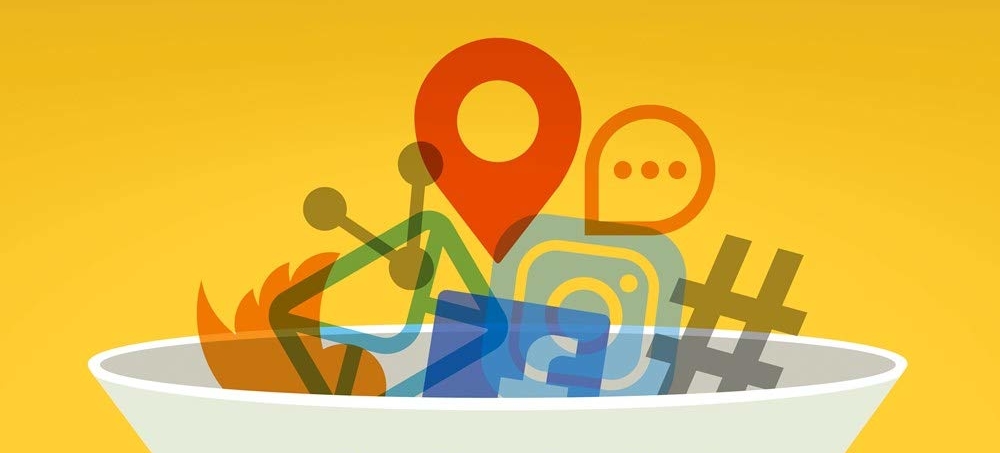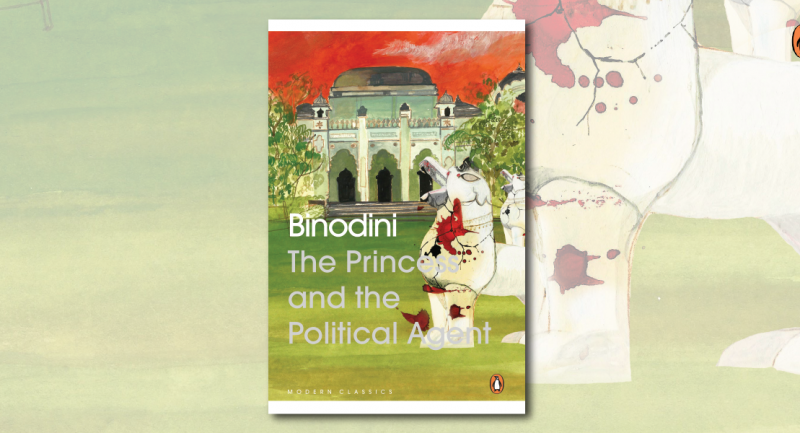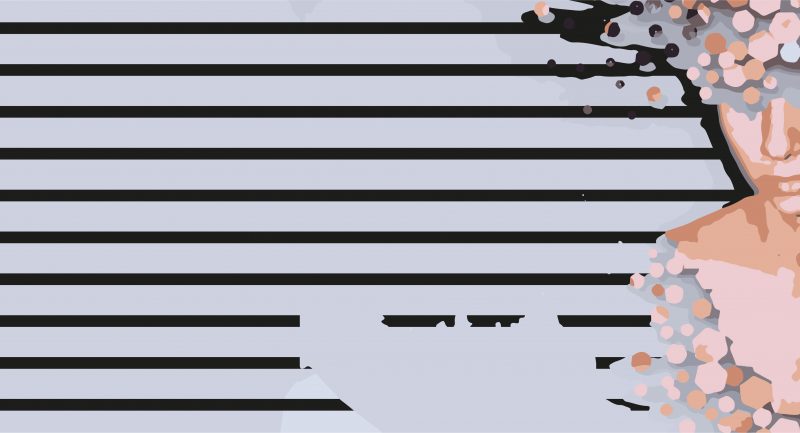
A Human’s Guide to Machine Intelligence by Kartik Hosanagar, is a relevant read in today’s world. Surrounded by technology in various devices, the book informs about how the algorithms and the artificial intelligence underlying such technologies robs us of our power to make decisions. From what we see in the form of news, to the products we purchase and where and what we eat, our daily life decisions and routines are now greatly influenced by the huge developments made in the technology sector. Thus, the author talks about many more potentially dangerous biases which could emerge and how we can keep it in check and control it.
Here are a few instances of how social media is slowly coming to dominate our real lives:
As various social media feeds and its layout are programmed on the basis of an algorithm, it is widely known to be a catalyst for encouraging fake news. This fake news then helps in propagating misinformation amongst people, making them move further away from real issues.
∼
Social media has become such an intrinsic part of our lives that it has now evolved to control and hinder our daily routines. App notifications and the phenomenon of gamification, takes advantage of the human need for immediate gratification and be socially accepted, hampering certain habits such as, sleeping early, impairing one’s judgment to use their time in a better way, etc.
∼
The algorithms operating in various social media also influence our choices. While purchasing an item, the recommendations provided are known to gently push a buyer into buying certain things.
∼
Many social media platforms have their algorithms programmed so that the content one sees on it is personalized and filtered. Studying the pattern of the content which a user generally prefers, the algorithm makes decisions on what is to be shown to the user and what is to be left out.
∼
Social media is also known to affect people’s moods and emotions. In a research conducted by Facebook in 2012, it was found that people posted more positive posts when they saw posts that had positive content on their feed, selected by their news-feed algorithm. The opposite is also true.
∼
Many dating and socializing applications control the way one networks with people, as their algorithms look for people with similar interests or simply recommend a person to another solely based on the mutual friends they might have in common. This does away with the scope of connecting two people with differing interests, who might get along quite well too.
∼
The capability of such media platforms to filter our preferences to such an extent of specification creates a “filter bubble” which leads to a high degree of polarization regarding aspects such as music or even political ideologies.
A Human’s Guide to Machine Intelligence is an entertaining and provocative look at one of the most important developments of our time









